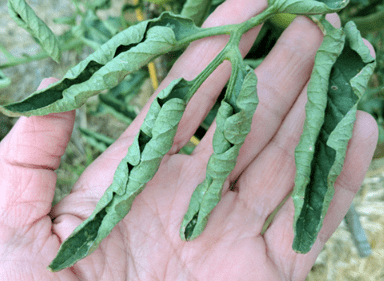31 Years NEET Previous Year Questions: Anatomy of Flowering Plants - 1 - NEET MCQ
30 Questions MCQ Test - 31 Years NEET Previous Year Questions: Anatomy of Flowering Plants - 1
Select the correct pair. [NEET 2021]
Identify the incorrect statement. [NEET 2020]
Grass leaves curl inwards during very dry weather. Select the most appropriate reason from the following. [NEET 2019]
Secondary xylem and phloem in dicot stem are produced by [NEET 2018]
The vascular cambium normally gives rise to [NEET 2017]
As compared to a dicot root, a monocot root has
[2012M]
Gymnosperms are also called soft wood spermatophytes because they lack :
[2012]
Water containing cavities in vascular bundles are found in :
[2012]
Closed vascular bundles lack
[2012]
Companion cells are closely associated with :
[2012]
The common bottle cork is a product of :
[2012]
In Kranz anatomy, the bundle sheath cells have
[2011M]
Some vascular bundles are described as open because these
[2011M]
Function of companion cells is
[2011M]
Which one of the following is wrongly matched?
[2011]
The cork cambium, cork and secondary cortex are collectively called:
[2011]
In land plants, the guard cells differ from other epidermal cells in having :
[2011]
Ground tissue includes
[2011]
Heartwood differs from sapwood in:
[2010]
Which one of the following is not a lateral meristem?
[2010]
The chief water conducting elements of xylem in gymnosperms are:
[2010]
Reduction in vascular tissue, mechanical tissue and cuticle is characteristic of:
[2009]
In barley stem vascular bundles are:
[2009]
Palisade parenchyma is absent in leaves of:
[2009]
The annular and spirally thickened conducting elements generally develop in the protoxylem when the root or stem is: [2009]
Anatomically fairly old dicotyledonous root is distinguished from the dicotyledonous stem by
[2009]
Vascular tissues in flowering plants develop from:
[2008]
The length of different internodes in a culm of sugarcane is variable because of
[2008]
Which one of the following is resistant to enzyme action?
[2008]
Passage cells are thin-walled cells found in______.
[2007]















